Border towns occupy unique positions in the world’s cultural landscape, serving as living laboratories where different languages, traditions, cuisines, and ways of life blend in ways that create entirely new cultural experiences. These communities often develop their own distinct identities that reflect both sides of nearby international boundaries while creating something altogether different from either parent culture.
From European cities split by historical boundaries to desert communities where ancient trade routes still influence daily life, these border towns offer insights into how human culture adapts and evolves when different worlds collide. Here is a list of 16 border towns where two cultures meet.
Tijuana-San Diego
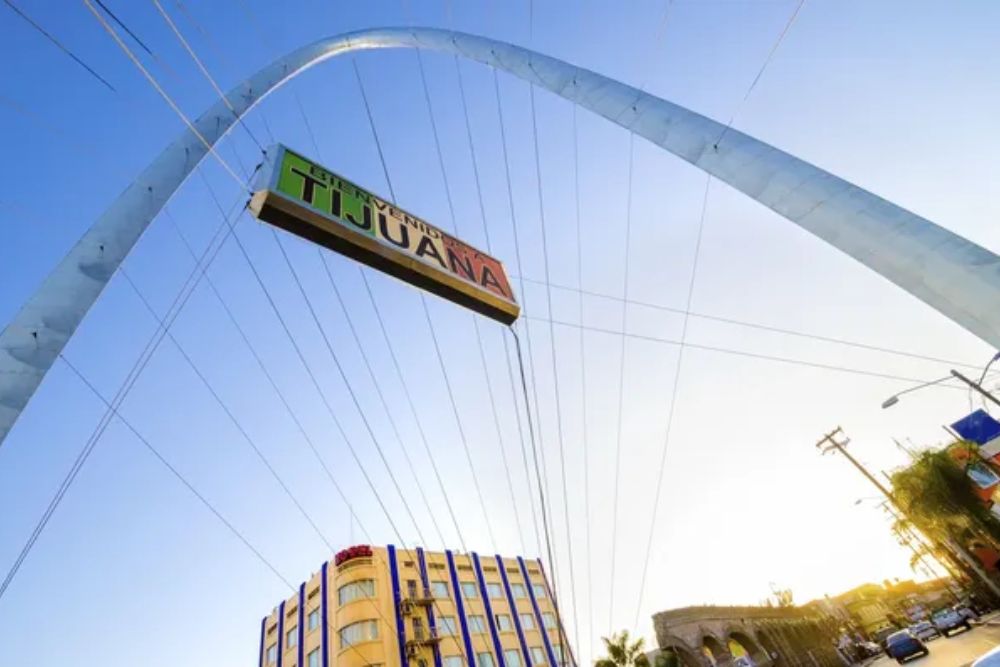
The busiest border crossing in the world connects these two cities that have evolved into a single metropolitan area despite belonging to different countries, creating a unique Mexican-American cultural blend that influences everything from food to music to business practices.
Tijuana’s vibrant street art scene incorporates both Mexican folk traditions and American pop culture references, while San Diego’s neighborhoods near the border feature authentic Mexican markets, restaurants, and cultural centers that serve both locals and visitors. Cross-border families maintain homes on both sides, creating a daily cultural exchange that has produced its dialect of Spanish-English mixing and culinary innovations that appear nowhere else.
Basel
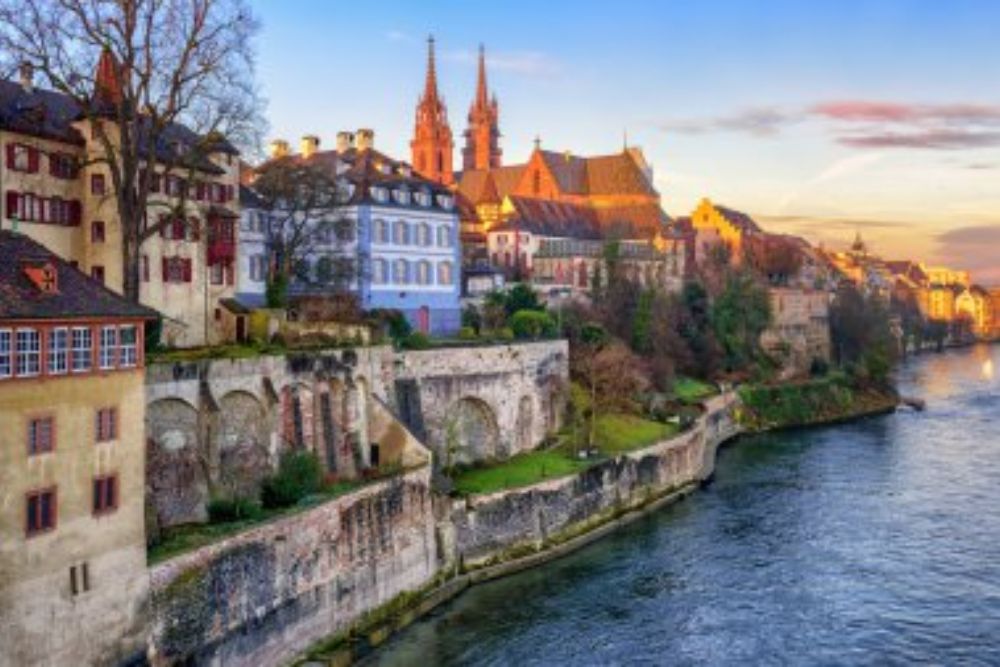
Switzerland’s Basel sits at the intersection of Swiss, German, and French territories, creating a trilingual city where residents seamlessly switch between languages depending on context, and creating a cosmopolitan atmosphere that reflects all three cultural traditions. The city’s art museums feature collections that span European cultural boundaries, while local restaurants serve fondue alongside sauerkraut and coq au vin, creating fusion cuisine that predates modern culinary trends by centuries.
Street signs appear in multiple languages, and local festivals incorporate traditions from all three countries, making Basel a living example of how European integration can work at the community level.
Like Travel Pug’s content? Follow us on MSN.
El Paso-Juárez
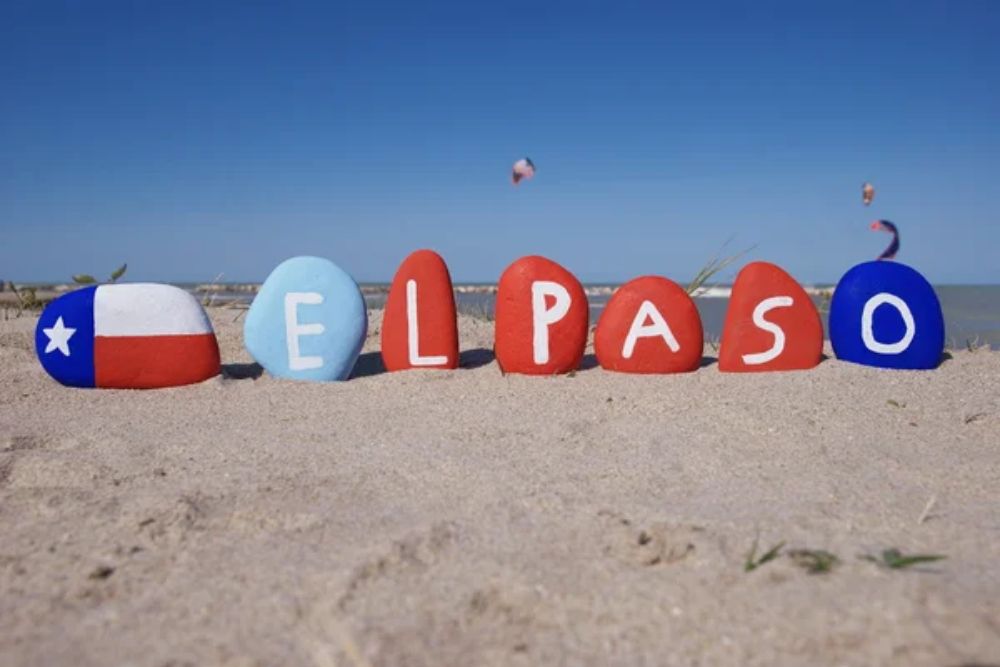
These sister cities on the Rio Grande create one of the most integrated cross-border metropolitan areas in North America, where families, businesses, and cultural institutions operate across international boundaries with remarkable fluidity. El Paso’s majority Hispanic population maintains strong connections to Juárez through family ties, business relationships, and shared cultural traditions that make the border feel more like a neighborhood boundary than an international division.
The cuisine reflects this integration, with restaurants on both sides serving dishes that blend Tex-Mex, traditional Mexican, and American influences in ways that create entirely new regional specialties.
Strasbourg
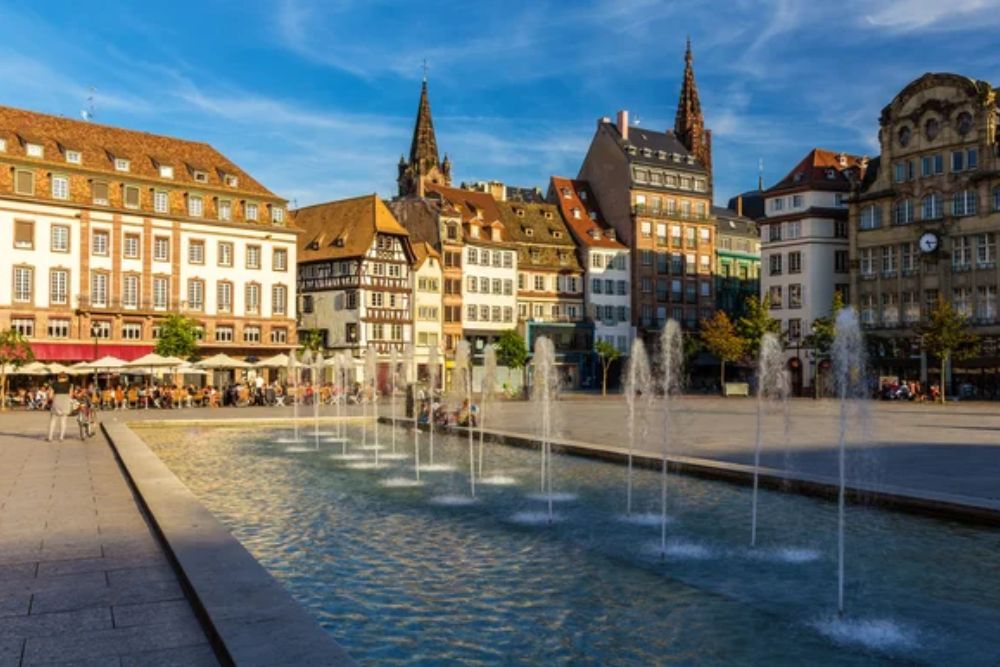
France’s Strasbourg has changed national allegiance multiple times throughout history, creating a unique Alsatian culture that combines French sophistication with German efficiency and traditions in ways that feel natural rather than forced. The city’s architecture reflects both influences, with half-timbered German-style buildings housing French cafés and German beer halls serving French wines alongside traditional sausages.
Residents often speak both languages fluently and celebrate holidays from both cultures, while the cuisine features dishes like choucroute (sauerkraut) prepared with French culinary techniques and German ingredients.
Niagara Falls

The American and Canadian sides of Niagara Falls have developed distinctly different approaches to tourism and urban development while sharing one of the world’s most famous natural attractions, creating an interesting study of how different cultures approach the same resource. The Canadian side emphasizes natural preservation and scenic viewing, while the American side focuses more on adventure tourism and industrial heritage, though both communities share the economic benefits and environmental responsibilities of managing the falls.
Cross-border marriages, business partnerships, and cultural exchanges create a community that transcends national boundaries despite very different governmental approaches to tourism development.
Like Travel Pug’s content? Follow us on MSN.
Gorizia-Nova Gorica
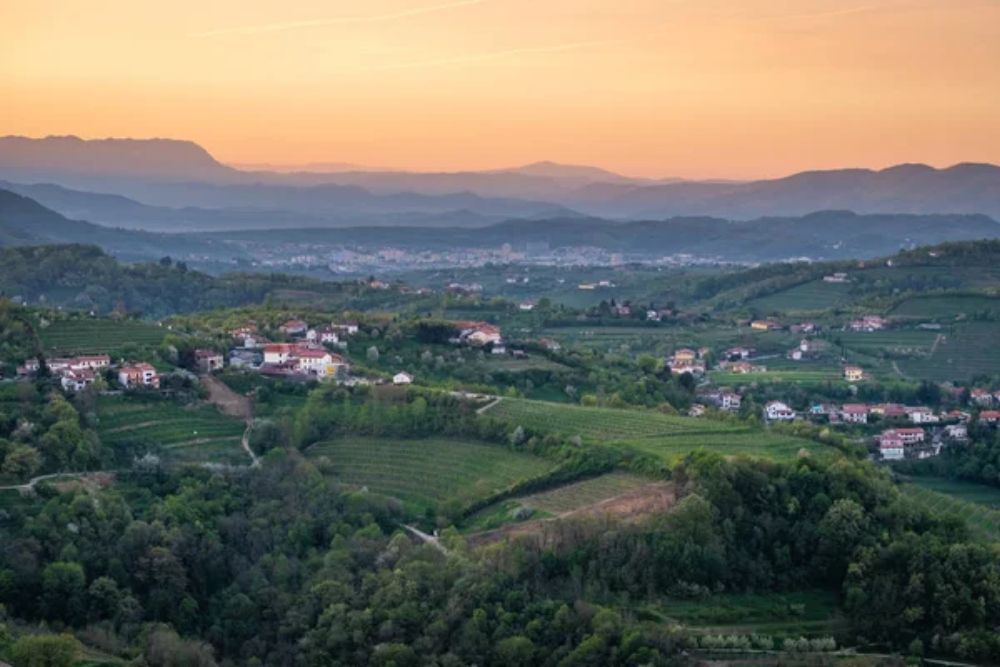
Italy’s Gorizia and Slovenia’s Nova Gorica were literally divided by post-World War II boundaries, creating two cities from what was once a single community, yet residents have maintained family and cultural connections that make the border nearly invisible in daily life. The main square straddles both countries, allowing visitors to literally walk from Italy to Slovenia while having coffee, and local festivals often take place simultaneously on both sides of the border.
European Union membership has eliminated passport controls, allowing the divided community to function almost as a single city again, though Italian and Slovenian cultural influences create subtle differences in architecture, cuisine, and local customs.
Laredo-Nuevo Laredo
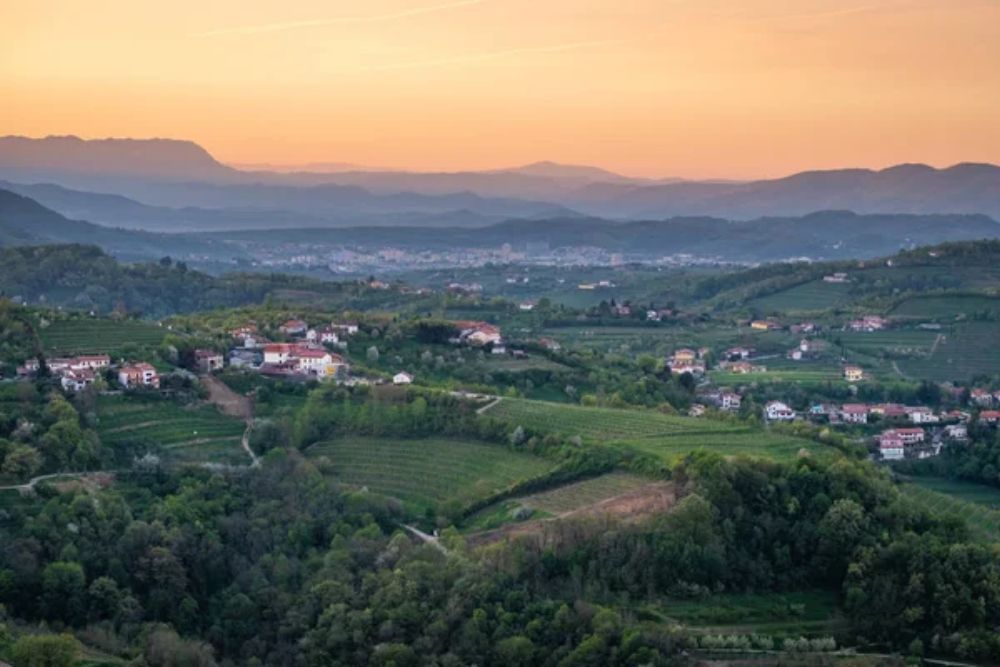
These Texas-Tamaulipas sister cities demonstrate how border communities can maintain distinct national identities while functioning as integrated economic and cultural units, with daily cross-border commerce and family connections that predate modern international boundaries. Laredo’s historic downtown features architecture that reflects both Spanish colonial and Anglo-American influences, while Nuevo Laredo’s markets offer goods from throughout Mexico alongside American products.
The Rio Grande serves more as a cultural bridge than a barrier, with residents on both sides participating in shared festivals, business ventures, and family celebrations that ignore international boundaries.
Badajoz-Elvas

Spain’s Badajoz and Portugal’s Elvas sit just 15 miles apart, close enough that residents regularly cross borders for shopping, dining, and cultural events while maintaining distinctly Spanish and Portuguese cultural identities that reflect centuries of both cooperation and conflict. The cities’ fortifications represent UNESCO World Heritage sites that tell the story of the Iberian Peninsula military history, while modern residents focus more on cross-border commerce and cultural exchange.
Local festivals often coordinate timing to allow residents from both cities to participate, creating celebrations that blend Spanish and Portuguese traditions in ways that reflect the deep cultural connections between these neighboring nations.
Like Travel Pug’s content? Follow us on MSN.
Valka-Valga
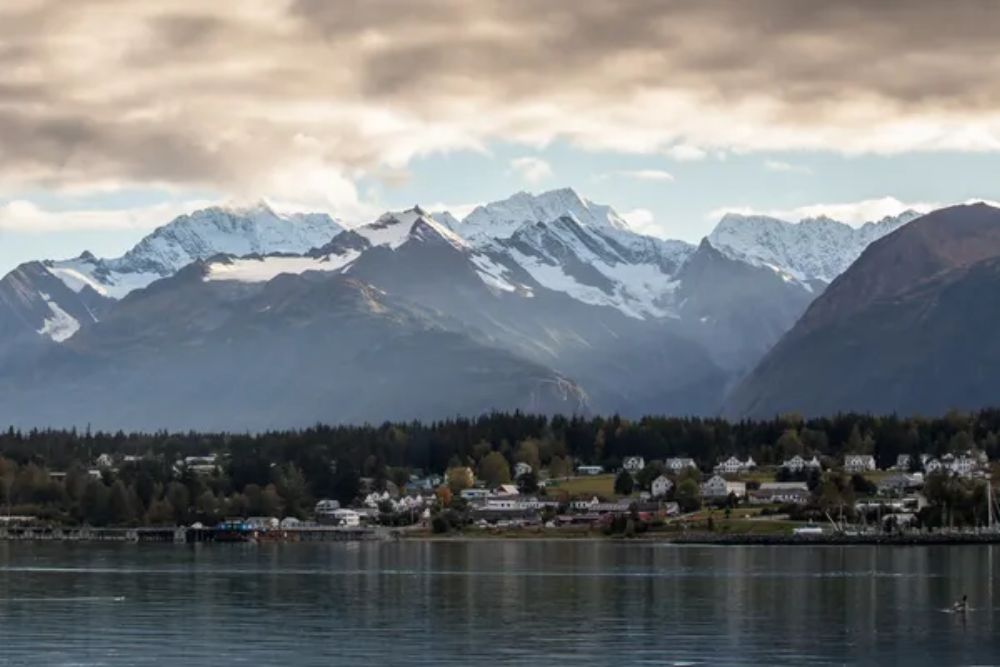
Latvia’s Valka and Estonia’s Valga were divided by post-independence boundaries after World War I, separating a single community into two countries while maintaining shared cultural and linguistic connections that make the border nearly imperceptible to visitors. The cities share public services, cultural institutions, and even a common cemetery that spans both countries, creating practical cooperation that transcends political boundaries.
Both communities speak similar Baltic languages and share Lutheran religious traditions, making the cultural differences subtle compared to other border town situations.
Baarle-Nassau-Baarle-Hertog
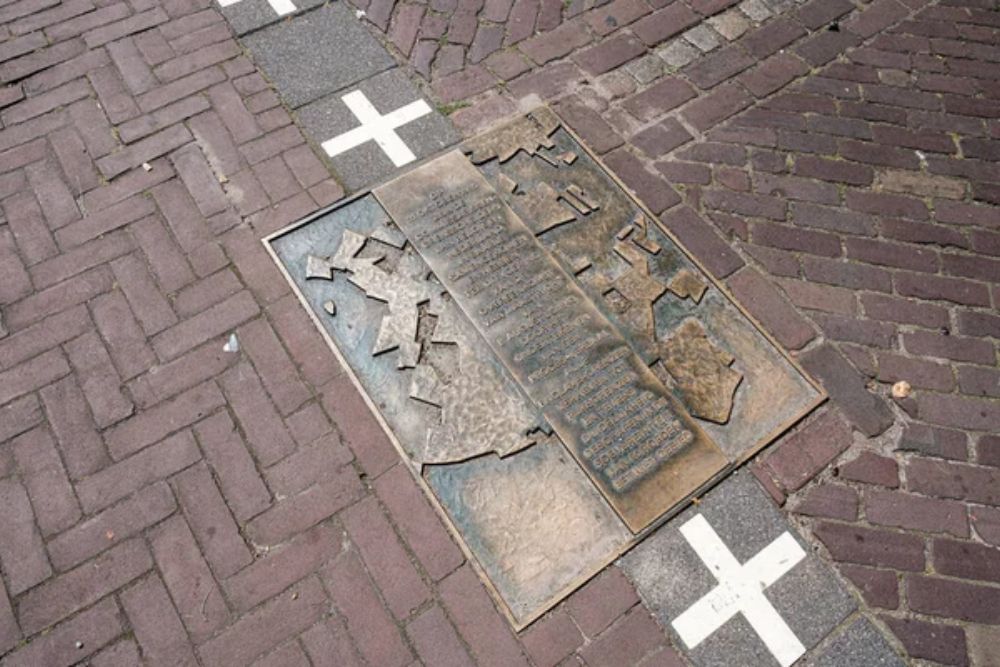
This Netherlands-Belgium border situation creates one of the world’s most complex boundary arrangements, where Belgian territory exists as enclaves surrounded by Dutch territory, creating a community where houses can straddle international borders. Residents sometimes find their front doors in one country and their back doors in another, leading to unique situations regarding taxation, municipal services, and even which country’s laws apply to different parts of the same building.
The communities have developed practical solutions for these complications while maintaining distinct Dutch and Belgian cultural identities that coexist within the same neighborhoods.
Tornio-Haparanda
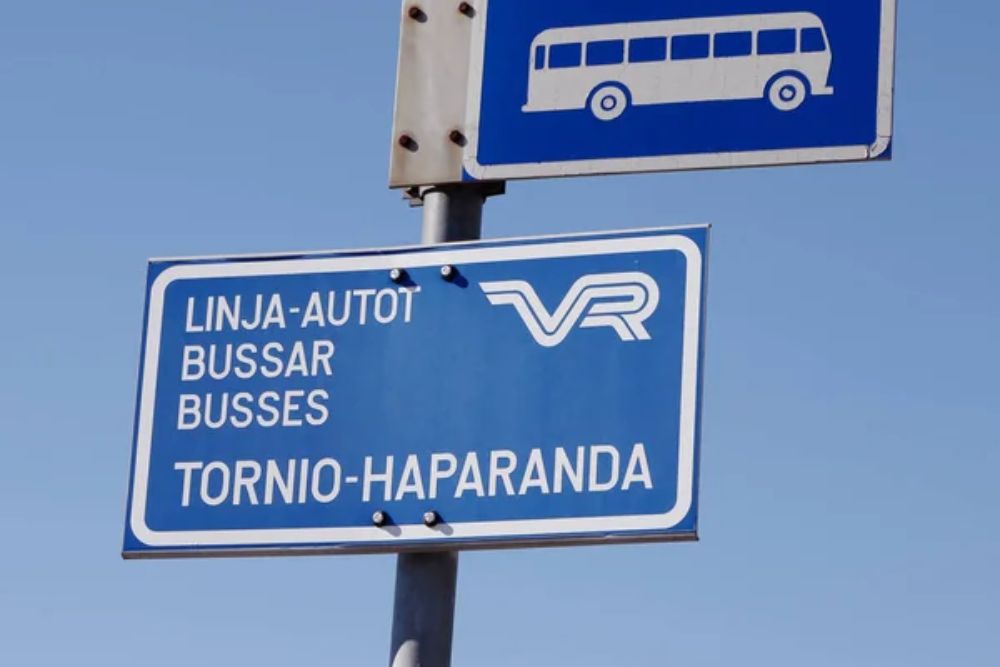
Finland’s Tornio and Sweden’s Haparanda create a twin-city arrangement where residents regularly cross borders for work, shopping, and social activities while maintaining distinct Finnish and Swedish cultural identities that reflect different languages and historical experiences. The cities coordinate municipal services and share cultural facilities, creating practical cooperation that makes the international border nearly invisible in daily life.
Both communities celebrate Midsummer and other Nordic traditions, though Finnish and Swedish approaches to these holidays create subtle cultural variations that add richness to shared celebrations.
Like Travel Pug’s content? Follow us on MSN.
Konstanz-Kreuzlingen
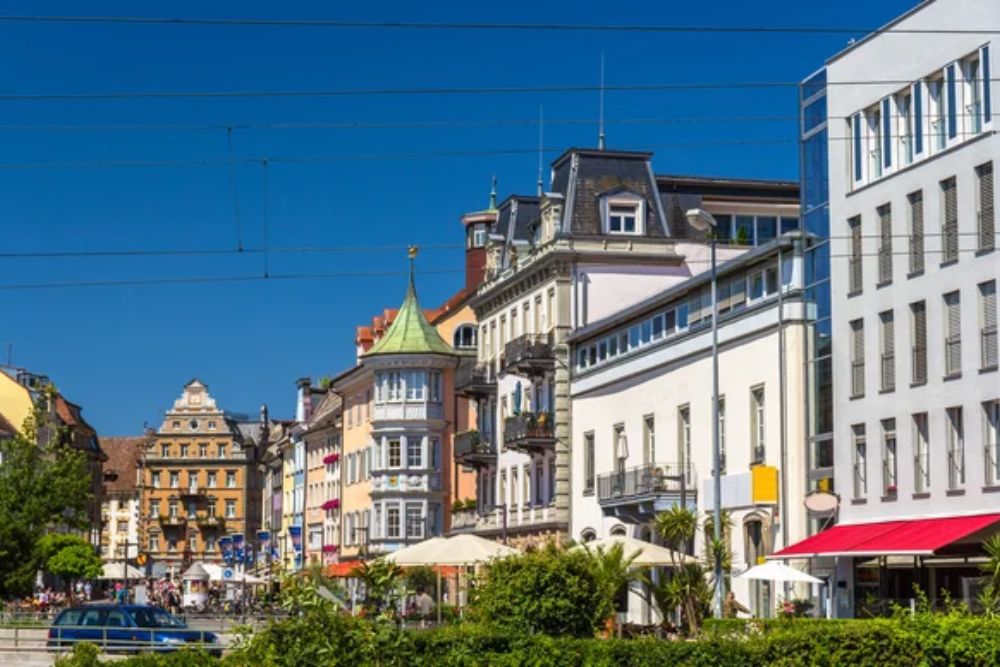
Germany’s Konstanz and Switzerland’s Kreuzlingen demonstrate how different approaches to European integration can create interesting cultural dynamics, with German residents enjoying EU membership benefits while Swiss neighbors maintain their country’s traditional independence. The cities share Lake Constance waterfront amenities and coordinate cultural events, though different currencies and regulatory systems create practical complications that residents have learned to navigate.
Cross-border shopping takes advantage of different tax systems and product availability, creating economic integration despite political differences.
Douglas-Agua Prieta

Arizona’s Douglas and Sonora’s Agua Prieta represent a more traditional Mexican-American border relationship, where economic cooperation and family connections create cultural integration despite significant differences in language, economic systems, and governmental approaches. The communities coordinate major festivals and cultural events, creating celebrations that blend Mexican and American traditions while respecting both cultural identities.
Cross-border business relationships have developed over generations, creating trust and cooperation that transcends political tensions and policy changes.
Brownsville-Matamoros
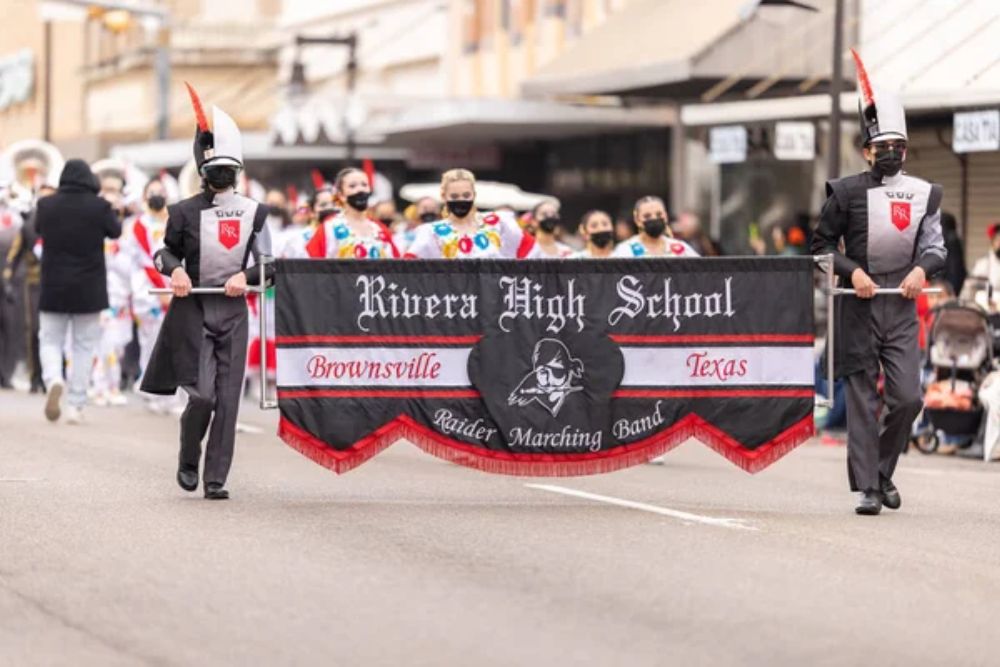
Texas’s Brownsville and Tamaulipas’s Matamoros create a Rio Grande border community where Mexican and American influences blend in ways that reflect centuries of cultural exchange and shared history that predates modern national boundaries. The cities coordinate for hurricane preparedness and other emergencies, demonstrating practical cooperation that transcends political differences.
Cultural festivals often take place simultaneously on both sides of the border, creating celebrations that reflect the shared heritage of this Rio Grande Valley community.
Like Travel Pug’s content? Follow us on MSN.
Sault Ste. Marie
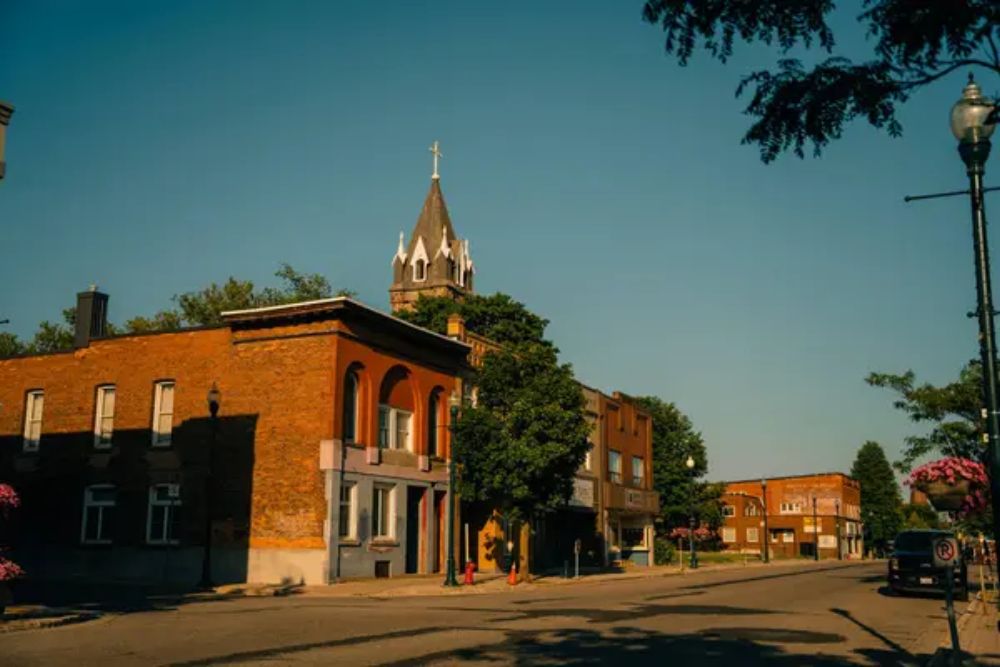
Michigan’s and Ontario’s cities share the name Sault Ste. Marie created a Great Lakes border community where American and Canadian approaches to similar cultural backgrounds create interesting variations on shared themes. The cities cooperate for economic development and tourism promotion while maintaining distinct national identities that reflect different governmental systems and historical experiences.
Both communities celebrate their shared French-Canadian heritage and Great Lakes maritime traditions, though American and Canadian perspectives on these themes create subtle cultural differences.
Hong Kong-Shenzhen

Hong Kong’s border with Shenzhen represents one of the world’s most economically dynamic border regions, where different political and economic systems create opportunities for cultural and business exchange despite significant governmental differences. The communities share Cantonese language and cultural traditions while operating under very different legal and economic frameworks that create unique opportunities and challenges.
Cross-border business relationships and family connections maintain cultural unity despite political complexity, creating a metropolitan area that functions as an economic unit while respecting political boundaries.
Where Nations Touch and Blend
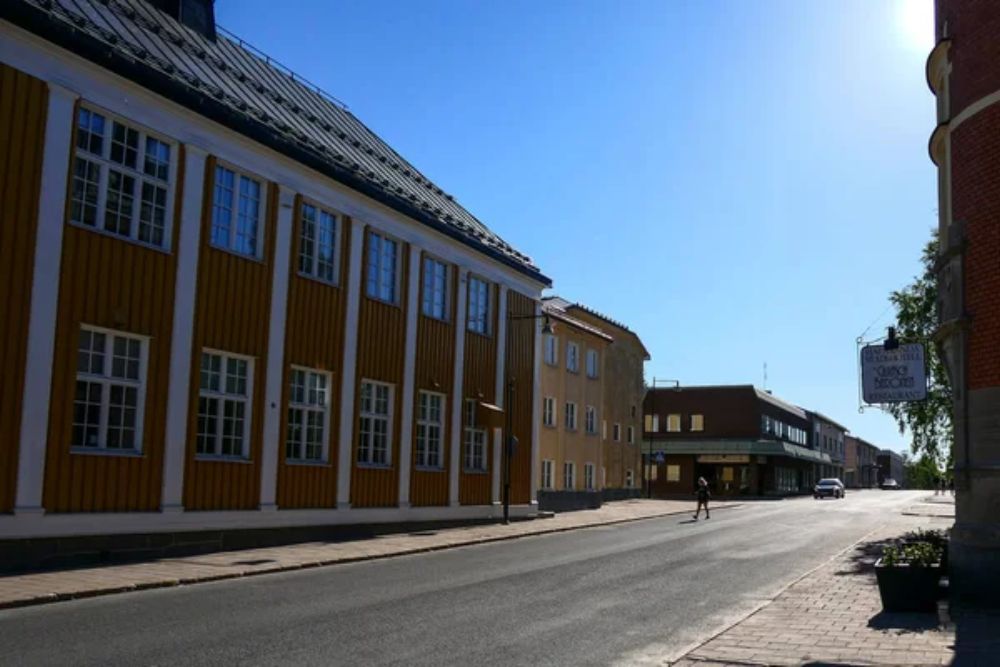
These border towns demonstrate that international boundaries often create opportunities for cultural enrichment rather than simple division, fostering communities that develop unique identities by blending rather than choosing between different cultural traditions. The most successful examples show how practical cooperation and mutual respect can overcome political tensions while preserving the distinct cultural elements that make each side of the border valuable.
Their experiences offer lessons in cultural adaptation and international cooperation that extend far beyond their specific geographic situations.
More from Travel Pug

- 20 Best Beach Towns in the Carolinas
- 13 Destinations Where Tourists Regularly Regret Their Trip
- 20 Things You Actually Get in First Class
- 20 Small Airports With Aviation Museums
- 20 Places in the U.S. That Are Perfect for a Reset Trip
Like Travel Pug’s content? Follow us on MSN.
